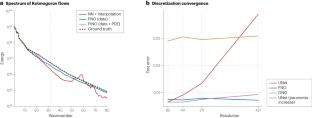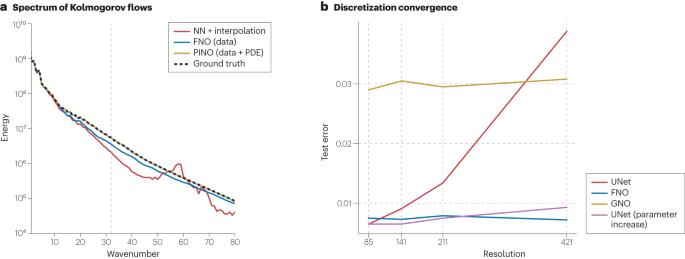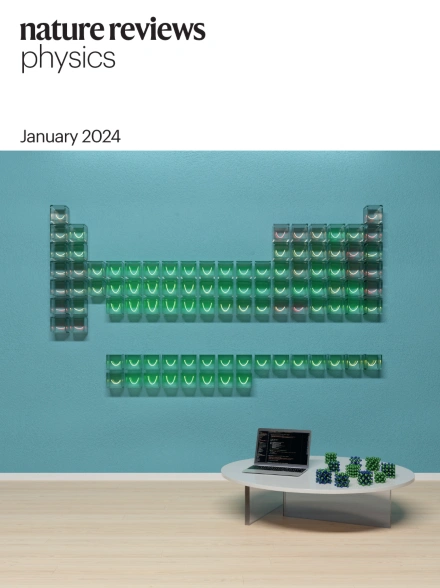Neural operators for accelerating scientific simulations and design
IF 39.5
1区 物理与天体物理
Q1 PHYSICS, APPLIED
引用次数: 0
Abstract
Scientific discovery and engineering design are currently limited by the time and cost of physical experiments. Numerical simulations are an alternative approach but are usually intractable for complex real-world problems. Artificial intelligence promises a solution through fast data-driven surrogate models. In particular, neural operators present a principled framework for learning mappings between functions defined on continuous domains, such as spatiotemporal processes and partial differential equations. Neural operators can extrapolate and predict solutions at new locations unseen during training. They can be integrated with physics and other domain constraints enforced at finer resolutions to obtain high-fidelity solutions and good generalization. Neural operators are differentiable, so they can directly optimize parameters for inverse design and other inverse problems. Neural operators can therefore augment, or even replace, existing numerical simulators in many applications, such as computational fluid dynamics, weather forecasting and material modelling, providing speedups of four to five orders of magnitude. Neural operators learn mappings between functions on continuous domains, such as spatiotemporal processes and partial differential equations, offering a fast, data-driven surrogate model solution for otherwise intractable numerical simulations of complex real-world problems.


用于加速科学模拟和设计的神经运算器
目前,科学发现和工程设计受限于物理实验的时间和成本。数值模拟是一种替代方法,但通常难以解决复杂的现实世界问题。人工智能通过快速数据驱动的代用模型提供了一种解决方案。特别是,神经算子为学习连续域(如时空过程和偏微分方程)上定义的函数之间的映射提供了一个原则性框架。神经算子可以推断和预测训练期间未曾见过的新位置的解决方案。神经算子可以与物理和其他领域的约束条件相结合,在更精细的分辨率下执行,从而获得高保真的解决方案和良好的泛化效果。神经算子是可微分的,因此可以直接优化逆向设计和其他逆向问题的参数。因此,在计算流体动力学、天气预报和材料建模等许多应用中,神经算子可以增强甚至取代现有的数值模拟器,将速度提高四到五个数量级。
本文章由计算机程序翻译,如有差异,请以英文原文为准。
求助全文
约1分钟内获得全文
求助全文
来源期刊

Nature Reviews Physics
Multiple-
CiteScore
47.80
自引率
0.50%
发文量
122
期刊介绍:
Nature Reviews Physics is an online-only reviews journal, part of the Nature Reviews portfolio of journals. It publishes high-quality technical reference, review, and commentary articles in all areas of fundamental and applied physics. The journal offers a range of content types, including Reviews, Perspectives, Roadmaps, Technical Reviews, Expert Recommendations, Comments, Editorials, Research Highlights, Features, and News & Views, which cover significant advances in the field and topical issues. Nature Reviews Physics is published monthly from January 2019 and does not have external, academic editors. Instead, all editorial decisions are made by a dedicated team of full-time professional editors.
 求助内容:
求助内容: 应助结果提醒方式:
应助结果提醒方式:


